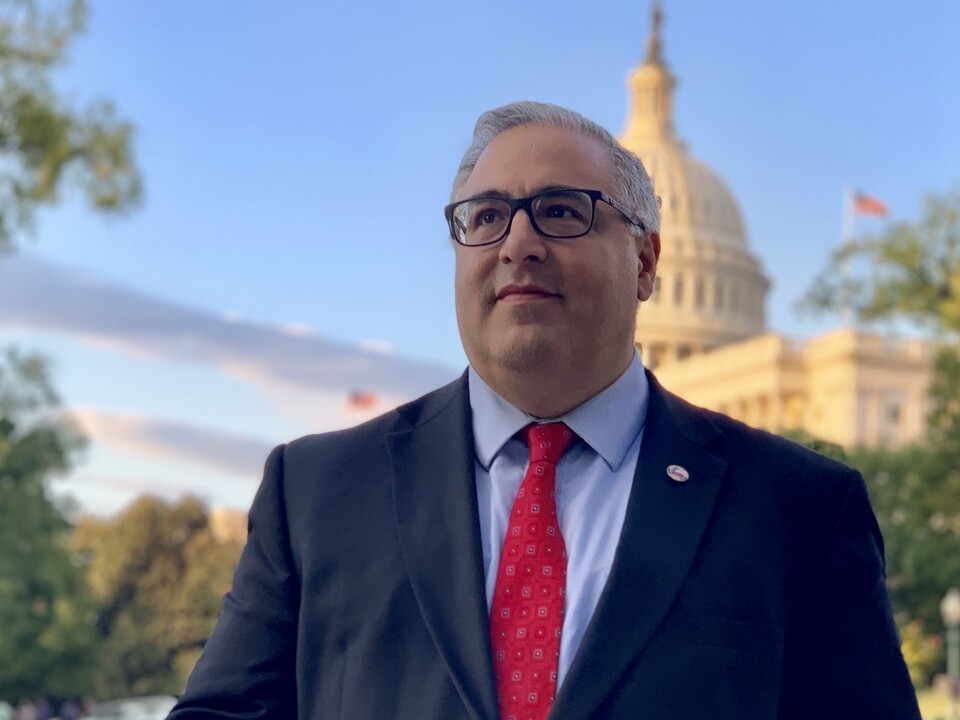Development through Diversity: Engaging Armenia’s New and Old Diaspora
Abstract
The Armenian diaspora, one of the world’s classic diasporas, has dispersed around the world in a series of migration waves over the centuries. In recent years, the promise of diaspora has gained prominence globally as a policy tool for social and economic development. This is true particularly for Armenia where the diaspora, which significantly exceeds the country’s resident population, has seen intensifying engagement in the two decades since independence in 1991.
Globally, diaspora-led activities often meet with frustration as home-country governments lament unrealized potential and lost opportunities. This stems from innate divergent characteristics and motivations among widespread diaspora communities as well as the expectations of in-country actors for involvement with the homeland. Armenia is no exception. Often seen from the outside as a unified entity, the Armenian diaspora is quite diverse, with ideological and motivational breaks along geographic (both in terms of origins and destinations) and historical lines. Perceived inefficiencies in diaspora-led development in Armenia often arise from the split between the “old” diaspora (formed prior to independence in 1991) and the “new” post-independence diasporic entities. Even as the Armenian government has established a Ministry of Diaspora and instituted a comprehensive policy to capture the development potential of its far-flung population, the diaspora’s efforts have remained dispersed. Diaspora engagement is a critical element, however, in Armenia’s ongoing socioeconomic development.
Read full article here.




